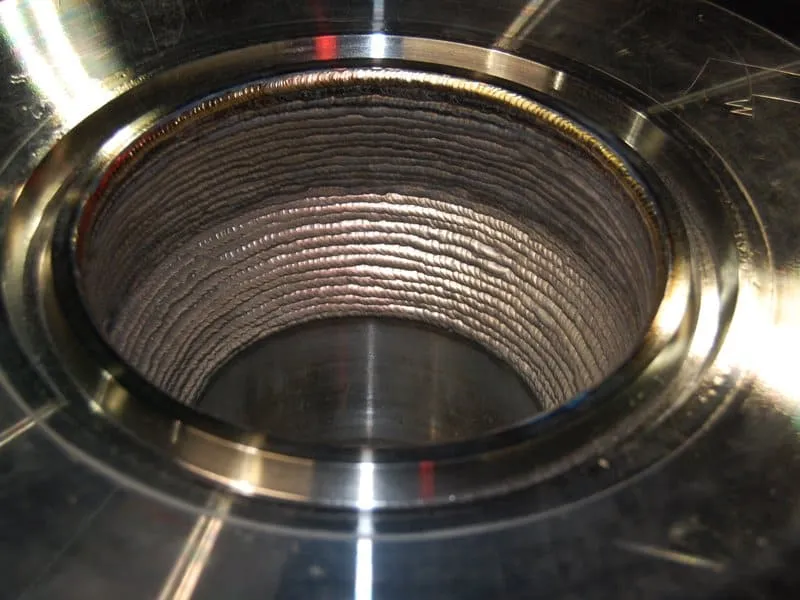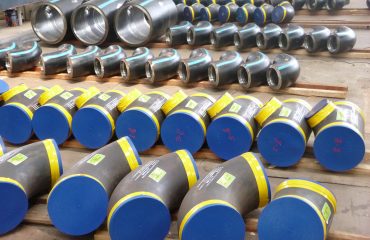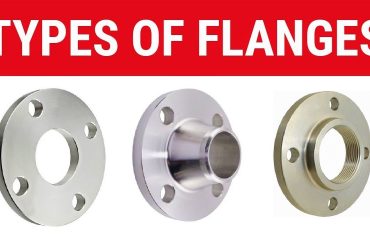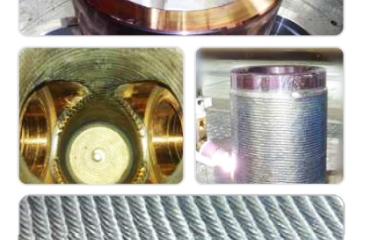
Ngày thứ nhất, Tôi nên bắt đầu với một cái nhìn tổng quan về ốp ống là gì. Sau đó liệt kê các phương pháp phổ biến như lớp phủ mối hàn, Liên kết nổ, liên kết cuộn, vv. Người dùng có thể đang tìm kiếm một lời giải thích từng bước về từng phương thức.
Đợi, Trong câu trả lời trước, Tôi đã đề cập ngắn gọn về cách áp dụng ốp. Nhưng bây giờ họ đã yêu cầu cụ thể cho quá trình. Tôi cần phải xây dựng nhiều hơn. Có thể cấu trúc nó bằng phương pháp, Giải thích từng bước của một người. Cũng thế, đề cập đến các bước chuẩn bị và phẩm chất Kiểm tra liên quan.
Bao gồm mục đích của từng phương thức và các ứng dụng của họ sẽ giúp người dùng hiểu khi một quy trình cụ thể được sử dụng. Ví dụ:, lớp phủ hàn là linh hoạt, Liên kết vụ nổ dành cho các lớp dày. Người dùng có thể quyết định sử dụng phương pháp nào cho dự án của họ.
Cũng thế, Người dùng có thể quan tâm đến khía cạnh bền vững một lần nữa, Vì vậy, có thể chạm vào cách quá trình đóng góp cho điều đó. Nhưng trọng tâm chính là quá trình. Cần đảm bảo các thuật ngữ kỹ thuật được giải thích nhưng không quá nặng về biệt ngữ. Sử dụng các điểm đạn hoặc danh sách được đánh số cho rõ ràng.
Kiểm tra xem có bất kỳ phương pháp nào khác ngoài các phương pháp được đề cập trước không. Xịt nhiệt và ốp laser đã được đề cập trong câu trả lời trước. Tôi có nên bao gồm những người đó là kỹ thuật nâng cao không? Đúng, Để hiển thị một cái nhìn toàn diện.
Cuối cùng, Tóm tắt những lợi ích chính của quá trình ốp, buộc lại lý do tại sao nó cần thiết. Đảm bảo trả lời không chỉ’ nhưng cũng là ‘tại sao’ Đằng sau mỗi bước. Điều đó sẽ bao gồm triệt để truy vấn của người dùng.
quy trình ốp ống
Ốp ống là một kỹ thuật sản xuất liên kết Hợp kim chống ăn mòn (CRA) lớp thành a vật liệu cơ bản (ví dụ, Thép carbon) Để tạo ra một đường ống tổng hợp. Quá trình đảm bảo một trái phiếu luyện kim giữa các lớp, kết hợp sức mạnh và khả năng chống ăn mòn. Đây là một sự cố chi tiết:
1. Chuẩn bị vật liệu cơ bản
- Làm sạch bề mặt: Ống cơ sở (ví dụ, Thép carbon) được làm sạch thông qua việc phun cát, mài, hoặc xử lý hóa học để loại bỏ rỉ sét, dầu, hoặc chất gây ô nhiễm.
- Làm nóng trước: Cho một số phương pháp nhất định (ví dụ, hàn lớp phủ), Ống cơ sở được làm nóng trước để giảm căng thẳng nhiệt và cải thiện liên kết.
2. Phương pháp ốp
những CRA Lớp được áp dụng bằng một trong các kỹ thuật chính này:
A. hàn lớp phủ
- Quá trình: Vật liệu CRA (ở dạng dây hoặc bột) được gửi vào ống cơ sở bằng các kỹ thuật hàn như:
- Hàn hồ quang chìm (THẤY): Tỷ lệ lắng đọng cao cho các lớp dày.
- Hàn hồ quang vonfram (GTAW / TURN): Kiểm soát chính xác cho các lớp mỏng.
- Tấm ốp laze: Phương pháp nâng cao sử dụng chùm tia laser để biến dạng nhiệt tối thiểu.
- Các bước:
- Hàn đèn pin gửi lớp vật liệu CRA trên từng lớp trên ống cơ sở bên trong/bên ngoài.
- Xử lý nhiệt sau hàn (PWHT) có thể được áp dụng để giảm căng thẳng dư.
b. Liên kết nổ
- Quá trình: Chất nổ phát nổ trên lớp CRA buộc nó lên ống cơ sở với vận tốc cao, tạo ra một liên kết luyện kim.
- Các bước:
- Tấm CRA được đặt trên ống cơ sở.
- Chất nổ được phát nổ, tạo sóng xung kích liên kết các lớp.
- Gia công sau liên kết đảm bảo độ chính xác về chiều.
C. liên kết cuộn
- Quá trình: Nhiệt và áp suất được áp dụng trong quá trình cuộn nóng để hợp nhất lớp CRA và ống cơ sở.
- Các bước:
- Tấm CRA và ống cơ sở được xếp chồng lên nhau và làm nóng.
- Đi qua các con lăn để tạo ra một liên kết vĩnh viễn.
D. Ốp bình xịt nhiệt
- Quá trình: Vật liệu CRA (bột hoặc dây) được tan chảy và phun vào ống cơ sở bằng plasma hoặc ngọn lửa.
- Ứng dụng: Lớp phủ mỏng cho môi trường không quan trọng.
3. Xử lý sau khi đóng
- gia công: Lớp phủ được gia công để đạt được kích thước chính xác và bề mặt mịn.
- sự kiểm tra:
- Kiểm tra không phá hủy (NDT): Kiểm tra siêu âm (OUT), Chụp X quang (RT), hoặc kiểm tra thâm nhập thuốc nhuộm (DPI) Để kiểm tra các khuyết tật.
- Kiểm tra ăn mòn: Tiếp xúc với môi trường mô phỏng (ví dụ, Xịt muối).
- Kết thúc: Đánh bóng hoặc thụ động (Đối với thép không gỉ) để tăng cường khả năng chống ăn mòn.
4. Các thông số chính ảnh hưởng đến quá trình
- Khả năng tương thích vật liệu: Hệ số giãn nở nhiệt của CRA và vật liệu cơ sở phải căn chỉnh.
- Độ dày: Độ dày lớp CRA dao động từ 2 trận10 mm, Tùy thuộc vào ứng dụng.
- Môi trường: Được thiết kế để chống lại các tác nhân ăn mòn cụ thể (ví dụ, H₂s, Co₂, clorua).
Ứng dụng của ốp ống
- dầu & Khí: đường ống ngầm, Xử lý khí chua.
- Năng Lượng Hạt Nhân: Hệ thống làm mát lò phản ứng.
- Khử muối: Ống lượng nước biển.
- Xử lý hóa học: Vận chuyển axit.
Tại sao quá trình này quan trọng
- chi phí-hiệu quả: Sử dụng vật liệu CRA tối thiểu so với ống CRA rắn.
- Độ bền: Mở rộng tuổi thọ đường ống trong điều kiện khắc nghiệt.
- Sự bền vững: Giảm chất thải vật liệu và tần suất bảo trì.
Tóm lược
Quá trình ốp ống hợp nhất Khoa học vật chất và Sản xuất tiên tiến để tạo các đường ống chịu được môi trường cực đoan. Bằng cách kết hợp một vật liệu cơ bản mạnh mẽ với lớp chống ăn mòn, Các ngành công nghiệp đạt được độ tin cậy, Tiết kiệm chi phí, và An toàn môi trường.




bạn phải đăng nhập để viết bình luận.